Can Adults Learn To Do Splits? Absolutely! At LEARNS.EDU.VN, we believe that with consistent practice and a tailored approach, most adults can achieve this impressive feat of flexibility. Our comprehensive resources offer guidance, techniques, and routines to help you safely and effectively work towards achieving your split goals. Discover personalized learning paths, flexibility exercises, and expert tips to enhance your journey towards mastering the splits and unlocking your body’s full potential.
1. Understanding the Potential for Adult Splits
Many adults wonder if it’s truly possible to learn the splits later in life. The good news is that while flexibility naturally decreases with age, it’s still achievable with the right training and dedication. Factors like joint structure, ligament length, and muscle flexibility play key roles in determining your potential. Let’s examine the common misconceptions and realistic expectations for adults aiming to perform splits.
1.1. Debunking Myths: Physical Limitations vs. Training
A common misconception is that most people are physically incapable of doing the splits. According to Thomas Kurz, author of Stretching Scientifically: A Guide to Flexibility Training, joint structure and ligament length are generally not obstacles for most people. Instead, it’s often a matter of consistent and correct training. Structural differences may make it more optimal for some to achieve splits, but they don’t entirely prevent others from learning.
1.2. Identifying Structural Considerations: Coxa Vara and Coxa Valga
While most individuals can train for the splits, certain structural hip conditions may impact progress. Coxa vara, a hip deformity characterized by a decreased angle between the femur’s head and neck, can limit hip rotation. Conversely, individuals with coxa valga, having a greater than normal hip rotation range, might find training for splits easier. Understanding these structural considerations helps set realistic expectations and tailor training approaches.
2. Key Muscle Groups and Flexibility
Achieving the splits requires comprehensive flexibility in several key muscle groups, notably the hip flexors, hamstrings, and calves. Addressing tightness and imbalances in these areas is crucial for progress and injury prevention. Let’s delve into the specific muscles and flexibility aspects necessary for adult splits.
2.1. The Role of Psoas Muscles in Hip Flexibility
Tight or weak psoas muscles can significantly limit hip rotation. The psoas major, a long muscle connecting the lower spine to the femur, is a key hip flexor. Prolonged sitting can cause tightness, restricting femur rotation in the hip socket, making the splits more challenging. Regular stretching and strengthening exercises targeting the psoas are essential.
2.2. Assessing Hamstring Flexibility
Hamstring flexibility is vital for both front and side splits. Tight hamstrings can impede leg extension and increase the risk of injury. Regular hamstring stretches, such as seated forward folds and standing hamstring stretches, help improve flexibility. Using props like yoga straps or blocks can modify stretches to suit different flexibility levels.
2.3. Importance of Calf Flexibility
Flexible calves are often overlooked but are essential for straightening the legs in the splits. Tight calf muscles can hinder the ability to fully extend the legs, making the split position difficult to achieve. Incorporating calf stretches, such as standing calf stretches with bent knees, into your routine can improve overall leg flexibility.
3. Assessing Your Flexibility Potential
Before embarking on a splits journey, it’s helpful to assess your current flexibility level. A simple test can provide insights into your hip mobility and readiness for splits training. Understanding where you stand helps tailor your training program for optimal results.
3.1. The Half Splits Test: A Practical Assessment
Try the “half splits” test to evaluate hip flexibility. Stand next to a chair or table (hip height) and place one leg on it, aligning your hips with the raised leg. If you can achieve this position on both sides, you’ve essentially done the half splits. This test indicates potential and readiness for further training.
3.2. Consulting Healthcare Professionals
Consult a healthcare professional, especially if you have a history of hamstring injuries or concerns about flexibility. Doing the splits may not be suitable for everyone, and personalized guidance can help prevent injuries. Professional advice ensures a safe and effective training approach.
4. The Benefits of Splits Training for Adults
Training for the splits offers numerous physical and mental benefits beyond just achieving the pose. These benefits can improve overall well-being and enhance daily life. Let’s discuss the advantages of pursuing splits training as an adult.
4.1. Enhanced Flexibility and Range of Motion
Splits training significantly improves overall flexibility and range of motion, benefiting various physical activities and reducing the risk of injuries. Increased flexibility enhances athletic performance, reduces muscle stiffness, and improves posture. Regular stretching promotes joint health and mobility.
4.2. Improved Blood Circulation and Muscle Health
Stretching during splits training enhances blood circulation, delivering more oxygen and nutrients to muscles. Improved circulation aids muscle recovery, reduces soreness, and promotes overall muscle health. Adequate blood flow also supports the removal of metabolic waste products.
4.3. Mental Benefits: Patience and Perseverance
Achieving the splits requires patience, perseverance, and a positive mindset. The journey teaches valuable mental skills, such as goal-setting, consistency, and self-discipline. Overcoming challenges in flexibility training builds resilience and boosts self-confidence.
5. A Step-by-Step Guide to Stretching for the Splits
A structured stretching routine is essential for safely and effectively progressing towards the splits. Focus on consistent practice and proper form to maximize results and minimize injury risks. Here’s an easy-to-follow routine targeting key muscle groups.
5.1. Warm-Up Exercises
Begin with light cardio, such as jogging in place or jumping jacks, to increase blood flow to the muscles. Dynamic stretches, including leg swings and hip circles, further prepare the body for deeper stretching. A 5-10 minute warm-up is crucial before static stretching.
5.2. Static Stretches for Key Muscle Groups
Incorporate these static stretches into your routine, holding each for 20-30 seconds and repeating on both sides:
- Standing Calf Stretch with Bent Knee: Targets calf muscles, promoting leg extension.
- Goddess Stretch: Strengthens calves, quadriceps, inner thighs, and core while stretching hips and groins.
- Wide Leg Forward Fold: Stretches hamstrings and calves, improving blood circulation.
- Pyramid Stretch: Stretches hips, hamstrings, and shoulders, enhancing balance and posture.
- Low Lunge with Side Stretch: Targets psoas muscles and deep hip flexors, squaring the hips.
- Half Split Hold: Stretches hips, lower back, and legs, preparing for splits.
5.3. Using Yoga Blocks and Props
Yoga blocks and props help maintain correct form and modify stretches to suit individual flexibility levels. Using props allows for deeper stretches while minimizing the risk of injury. Experiment with different props to find what works best for your body.
5.4. Importance of Correct Form and Breathing
Proper form is crucial for maximizing stretch effectiveness and preventing injuries. Maintain a flat back, engaged core, and relaxed shoulders throughout each stretch. Deep, controlled breathing enhances muscle relaxation and increases stretch depth.
5.5. Sample Weekly Schedule
Consistency is key to achieving the splits. Aim to stretch 3-6 times a week, incorporating a variety of stretches targeting key muscle groups. Listen to your body and adjust the intensity and duration of stretches as needed. Rest days are essential for muscle recovery.
| Day | Activity | Duration |
|---|---|---|
| Monday | Warm-up, Static Stretches | 30 mins |
| Tuesday | Rest or Light Cardio | 20 mins |
| Wednesday | Warm-up, Static Stretches | 30 mins |
| Thursday | Rest or Yoga Class | 60 mins |
| Friday | Warm-up, Static Stretches | 30 mins |
| Weekend | Rest or Active Recovery (Walking) | 30 mins |

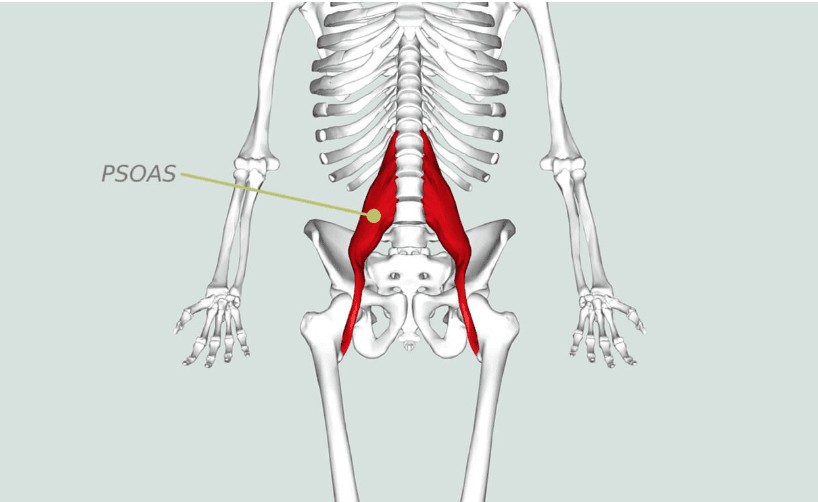
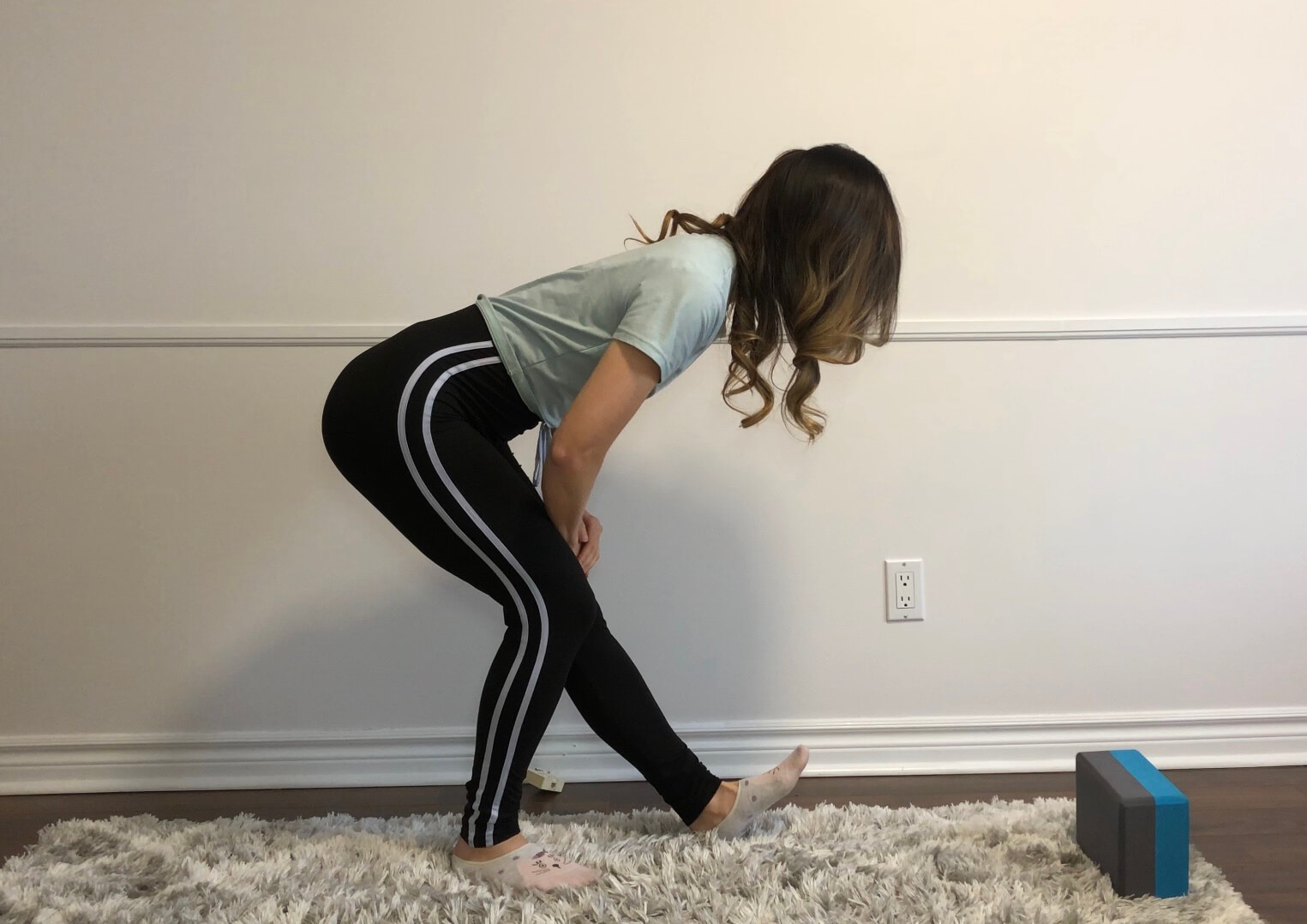

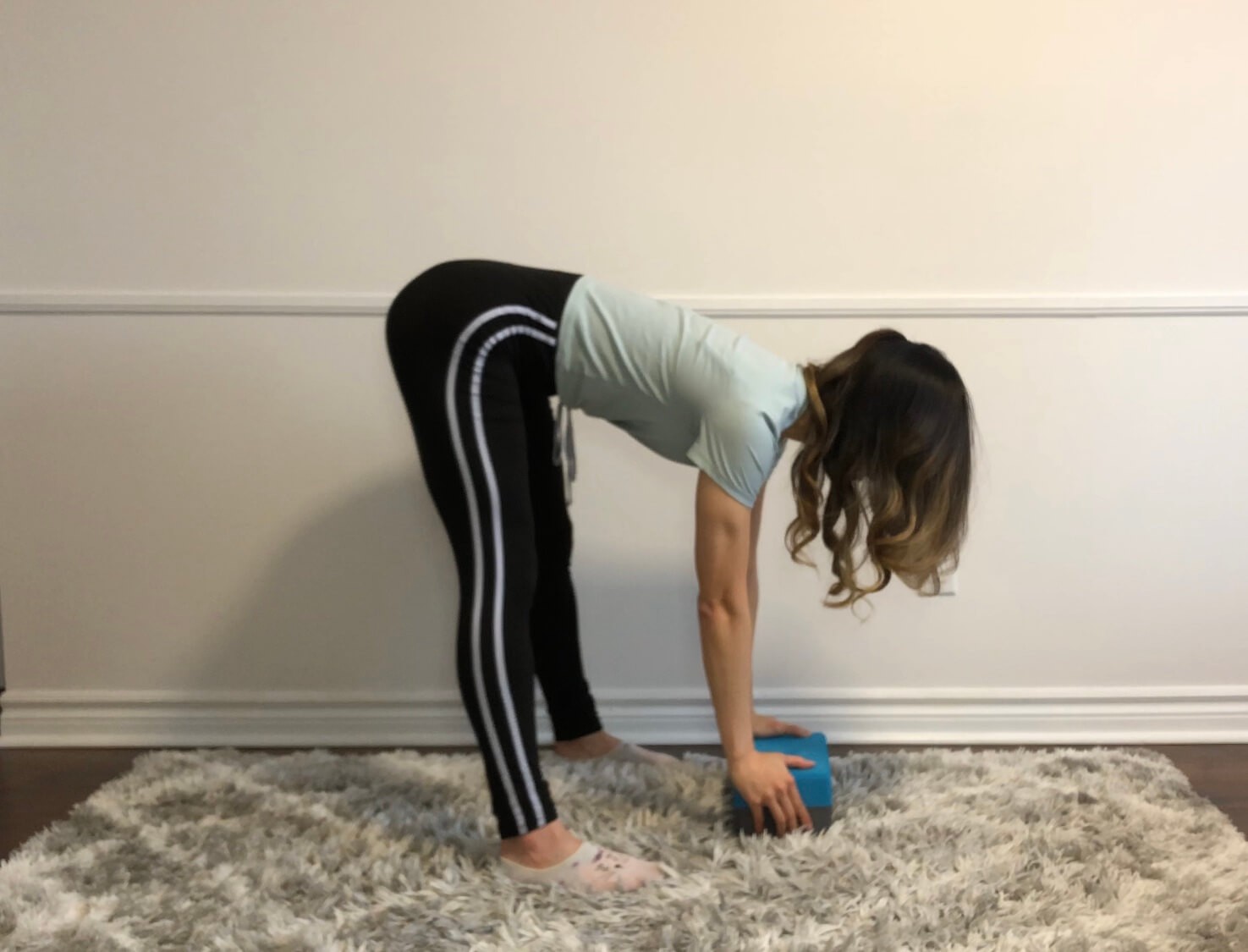
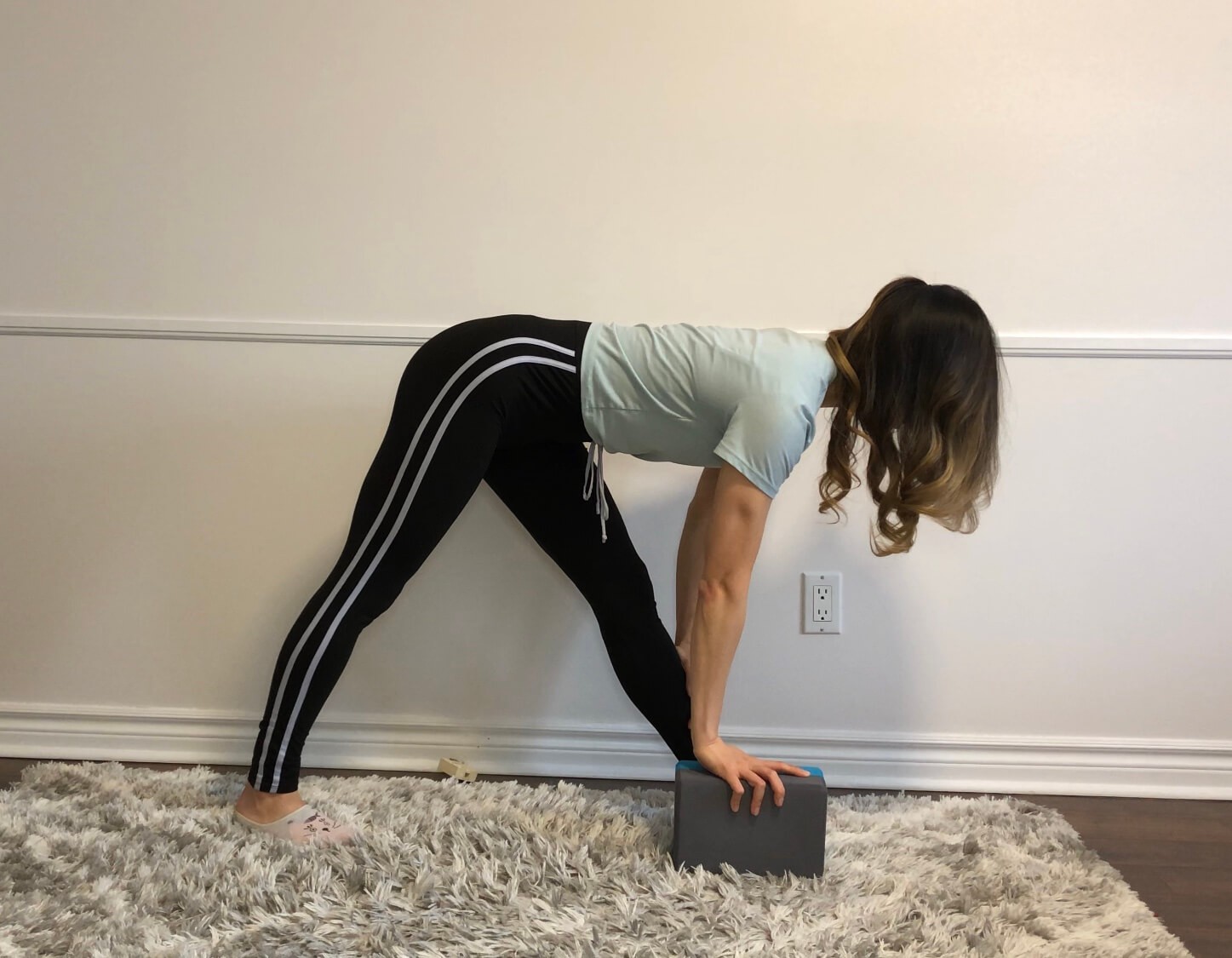
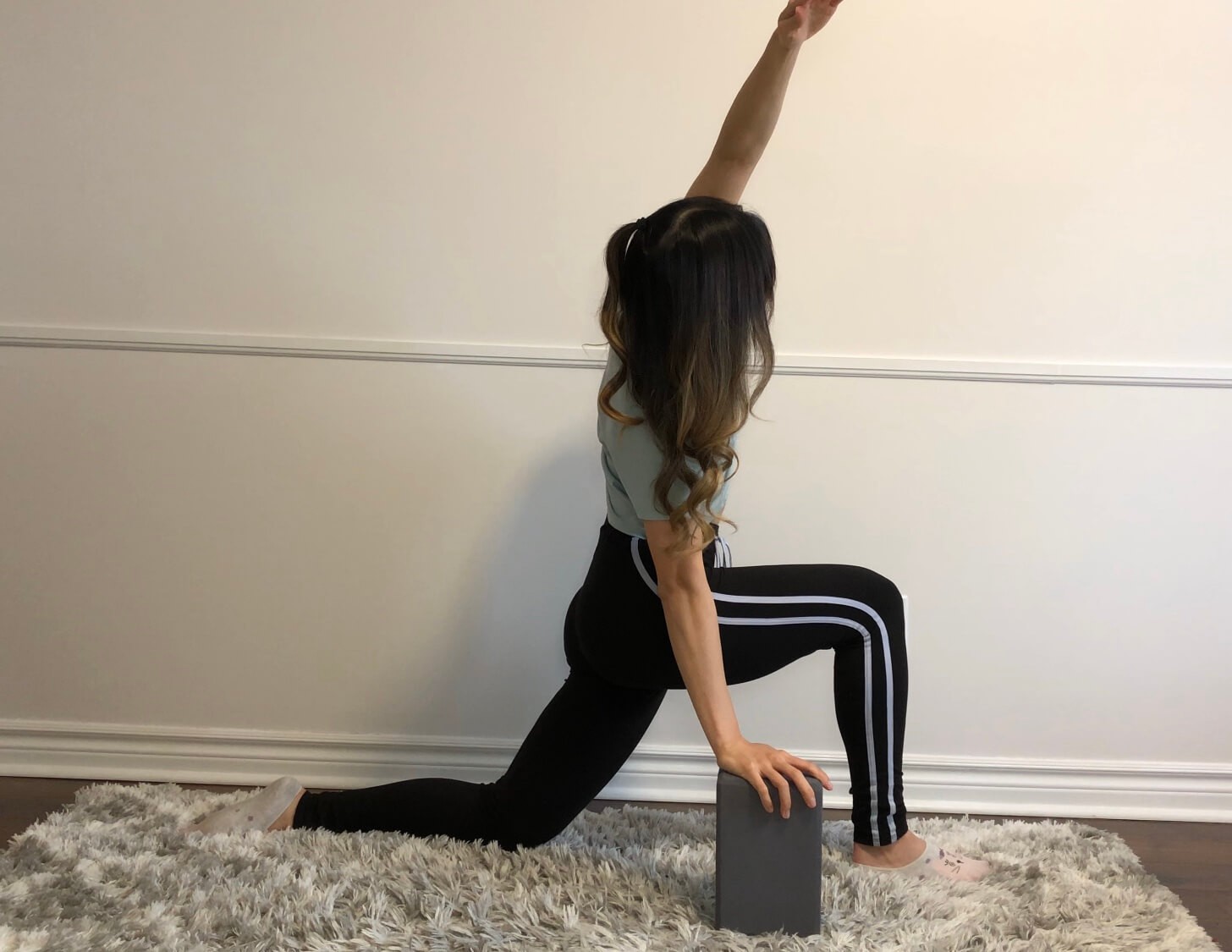
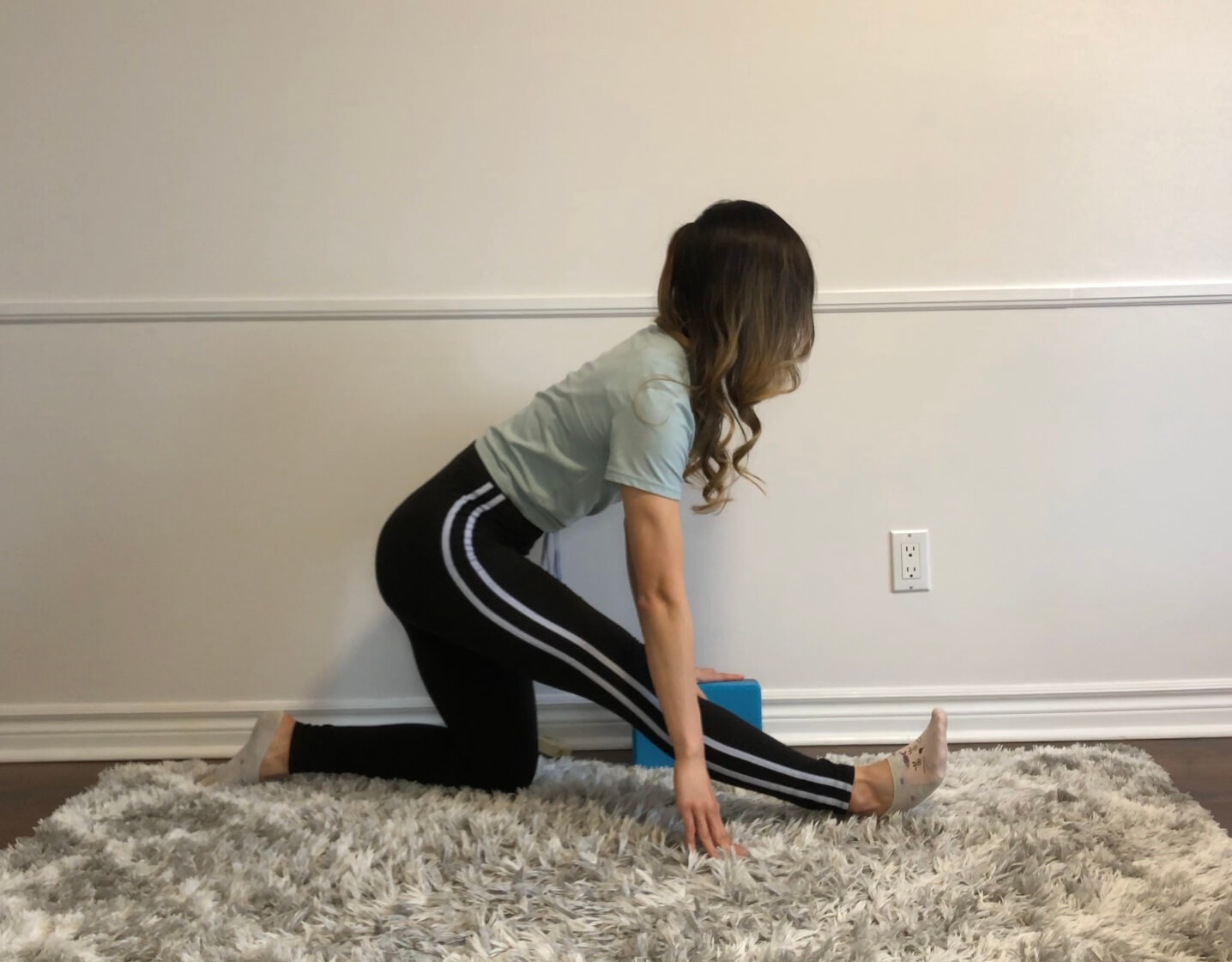
6. Addressing Common Challenges and Plateaus
Progress in flexibility training isn’t always linear. It’s common to encounter challenges and plateaus along the way. Understanding how to address these obstacles is vital for continued progress.
6.1. Overcoming Flexibility Plateaus
Plateaus occur when progress stalls despite consistent training. To overcome plateaus, try varying your stretching routine, increasing hold times, or incorporating more advanced stretches. Seeking guidance from a flexibility coach can also provide new insights and techniques.
6.2. Dealing with Pain and Discomfort
Some discomfort is normal during stretching, but pain indicates a potential injury. Differentiate between muscle soreness and joint pain, and avoid pushing beyond your limits. If you experience pain, stop the stretch and consult a healthcare professional.
6.3. Preventing Injuries Through Proper Technique
Proper technique is essential for preventing injuries. Avoid bouncing or forcing stretches, and focus on controlled movements. Warm up thoroughly before stretching and cool down afterward. Listen to your body and respect its limitations.
7. The Role of Nutrition and Hydration
Proper nutrition and hydration play a supportive role in flexibility training. A balanced diet provides essential nutrients for muscle health and recovery, while adequate hydration keeps tissues pliable and reduces the risk of cramping.
7.1. Foods That Support Flexibility
Include foods rich in antioxidants, such as fruits and vegetables, to reduce inflammation and support muscle recovery. Protein-rich foods, like lean meats and legumes, aid muscle repair and growth. Healthy fats, such as those found in avocados and nuts, promote joint health.
7.2. Hydration Tips for Optimal Performance
Stay adequately hydrated by drinking plenty of water throughout the day. Dehydration can lead to muscle stiffness and cramping, hindering flexibility progress. Aim for at least eight glasses of water daily, especially before, during, and after stretching sessions.
8. Maintaining Motivation and Consistency
Staying motivated and consistent is key to achieving long-term flexibility goals. Find strategies to make stretching enjoyable and integrate it seamlessly into your daily routine.
8.1. Setting Realistic Goals and Tracking Progress
Set achievable goals and track your progress to stay motivated. Celebrate small milestones along the way to reinforce positive habits. Visual progress, such as taking before-and-after photos, can provide encouragement.
8.2. Incorporating Stretching into Daily Life
Integrate stretching into your daily routine to make it a habit. Stretch while watching TV, listening to music, or waiting for the coffee to brew. Even short stretching sessions can contribute to overall flexibility improvement.
8.3. Finding a Stretching Buddy or Community
Find a stretching buddy or join a flexibility community for support and accountability. Sharing your journey with others can provide motivation and encouragement. Online forums and local classes offer opportunities to connect with like-minded individuals.
9. Advanced Techniques and Variations
Once you’ve established a solid foundation in basic stretching, explore advanced techniques and variations to further enhance your flexibility. These methods challenge your body in new ways and promote continued progress.
9.1. Proprioceptive Neuromuscular Facilitation (PNF) Stretching
PNF stretching involves contracting and relaxing muscles to increase range of motion. This technique can be highly effective for improving flexibility but should be performed with caution to avoid injury. Consulting a qualified trainer is recommended.
9.2. Dynamic Stretching and Mobility Drills
Dynamic stretching involves controlled movements that take muscles through their full range of motion. Mobility drills, such as hip circles and leg swings, improve joint mobility and prepare the body for more intense stretching.
9.3. Exploring Different Styles of Stretching (Yoga, Pilates)
Different styles of stretching, such as yoga and Pilates, offer unique approaches to flexibility training. Yoga combines physical postures, breathing techniques, and meditation, while Pilates focuses on core strength and controlled movements. Exploring different styles can add variety to your routine and enhance overall flexibility.
10. Continuing Education and Resources
Stay informed about the latest research and techniques in flexibility training by pursuing continuing education and utilizing available resources. Knowledge is power, and informed training leads to better results.
10.1. Online Courses and Workshops
Numerous online courses and workshops offer in-depth instruction on flexibility training. These resources provide access to expert guidance and structured training programs. Look for courses that align with your goals and learning style.
10.2. Books and Publications on Flexibility Training
Books and publications on flexibility training offer valuable insights and practical advice. Look for resources written by qualified professionals and backed by scientific research.
10.3. Staying Updated with Current Research
Stay updated with current research on flexibility training to ensure your methods are effective and safe. Scientific studies provide valuable insights into the mechanisms of stretching and the best practices for achieving flexibility goals.
FAQ: Can Adults Learn to Do Splits?
-
Is it possible for adults to learn to do the splits?
Yes, with consistent practice and a tailored approach, most adults can learn to do the splits.
-
What factors affect an adult’s ability to do the splits?
Factors include joint structure, ligament length, muscle flexibility, and overall health.
-
How long does it take for an adult to learn the splits?
It varies depending on individual flexibility levels, training consistency, and dedication, ranging from a few months to years.
-
What are the best stretches for achieving the splits?
Effective stretches include calf stretches, goddess stretches, wide leg forward folds, pyramid stretches, low lunges with side stretches, and half split holds.
-
How often should adults stretch to improve flexibility?
Aim to stretch 3-6 times a week, incorporating a variety of stretches targeting key muscle groups.
-
What are common challenges in splits training, and how can they be overcome?
Common challenges include flexibility plateaus, pain, and injuries. These can be overcome by varying the stretching routine, using proper technique, and consulting healthcare professionals when needed.
-
Can nutrition and hydration impact flexibility?
Yes, proper nutrition and hydration support muscle health, recovery, and tissue pliability, which are essential for flexibility.
-
How can adults stay motivated and consistent in their splits training?
Set realistic goals, track progress, incorporate stretching into daily life, and find a stretching buddy or community for support.
-
Are there advanced techniques for improving flexibility?
Yes, advanced techniques include proprioceptive neuromuscular facilitation (PNF) stretching, dynamic stretching, and exploring different styles of stretching like yoga or Pilates.
-
Where can adults find resources for continuing education in flexibility training?
Online courses, workshops, books, publications, and staying updated with current research can provide ongoing education in flexibility training.
At LEARNS.EDU.VN, we are dedicated to providing you with the knowledge and resources you need to achieve your flexibility goals safely and effectively. Visit our website at learns.edu.vn, contact us at 123 Education Way, Learnville, CA 90210, United States, or WhatsApp us at +1 555-555-1212 to discover more about our comprehensive programs and expert guidance. Unleash your body’s potential and embark on your journey to mastering the splits today!